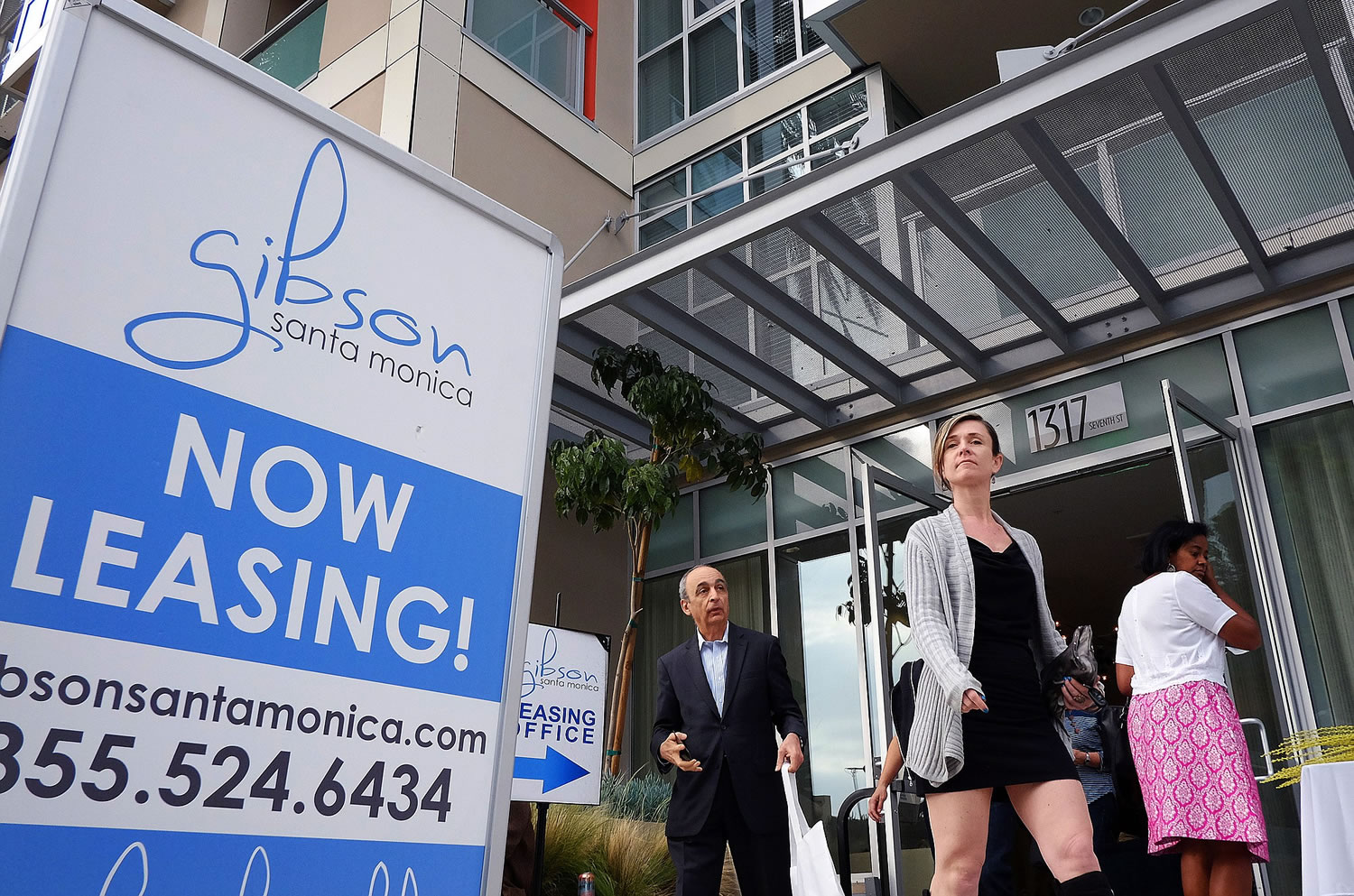WASHINGTON — Apartment rents are up. So are prices for restaurant meals, haircuts, gym memberships and a cup of coffee.
For American consumers who have become used to flat or even falling prices for several years, an unfamiliar sight has emerged in many corners of the economy: Inflation is ticking up.
The price increases remain modest. And in many cases, they’re canceled out by price declines for other items that are keeping overall inflation historically low.
Yet the stepped-up price tags for a range of consumer items are the largest since the Great Recession ended six years ago. They actually reflect a healthier economy: Many businesses have finally grown confident enough to pass their own higher costs on to consumers without fear of losing customers. Employers have added nearly 5.6 million jobs the past two years, allowing more people to absorb higher prices.
Signs of emergent inflation are a key reason the Federal Reserve will likely raise interest rates from record lows later this year. Inflation has long trailed the Fed’s 2 percent target rate but is on track to return to that level in coming months.
“That should give the Fed a little more confidence that … they will meet their (inflation) objective,” said Laura Rosner, an economist at BNP Paribas.
In June, the price of haircuts jumped 1.6 percent, the biggest monthly jump in the 62 years that the government has tracked the data. Over the past year, they’ve surged 2.8 percent, the largest year-over-year gain since 2008.
That’s no surprise to Chrissie Crosby, a retired government worker in Alexandria, Va. She says her hair salon has started charging nearly $30 for a shampoo, blow dry and haircut, up from $22.
“It used to be a convenient place for a trim, because it was inexpensive, but it’s no longer very inexpensive,” she said.
Coffee prices jumped 6.1 percent in January from 12 months earlier, the most in nearly three years. Starbucks has responded by raising the price of a cup of coffee by between 5 cents and 20 cents.
And beef prices have soared nearly 11 percent in the past year, which has led Chipotle to raise prices for steak and its beef barbacoa by an average of about 30 cents per entree, the company says.
The biggest driver of inflation this year has been residential rents. They climbed 3.5 percent in June from a year earlier, the fifth straight month with an annual gain of that size.
Overall, consumers have yet to be hit by significant increases for everyday purchases. Inflation as measured by the consumer price index has barely risen in the past 12 months, mostly because cheaper gas has held down the index.
But prices are rising. If you exclude food and energy, which tend to fluctuate sharply, “core” inflation has risen 2.3 percent at an annual rate in the past three months. In April, the three-month annual pace was 2.6 percent, well above the Fed’s inflation target.
Economists expect the price increases to continue, in part because they’re occurring mostly in services, whose prices tend to be comparatively stable. Economists call these “sticky” prices. They include rent, insurance, haircuts, restaurant meals and utility bills.
Sticky prices are slow to change. Utilities typically must ask regulators to approve price increases, for example, and most restaurants don’t want to frequently reprint menus. But once prices in those categories do rise, they’re usually slow to change course.
The Federal Reserve Bank of Atlanta maintains an index of sticky prices, which has risen 3 percent at an annual rate in the past three months, the most since the recession ended.
Labor costs for many service-sector companies are rising, lifted by minimum wages in an increasing number of states. Chipotle just raised prices 10 percent in San Francisco partly because of that city’s minimum wage increase.
By contrast, prices for goods in some cases keep falling. Clothing, furniture, and many appliances are cheaper than they were a year ago, a result of global competition that’s held down the costs of factory goods.



